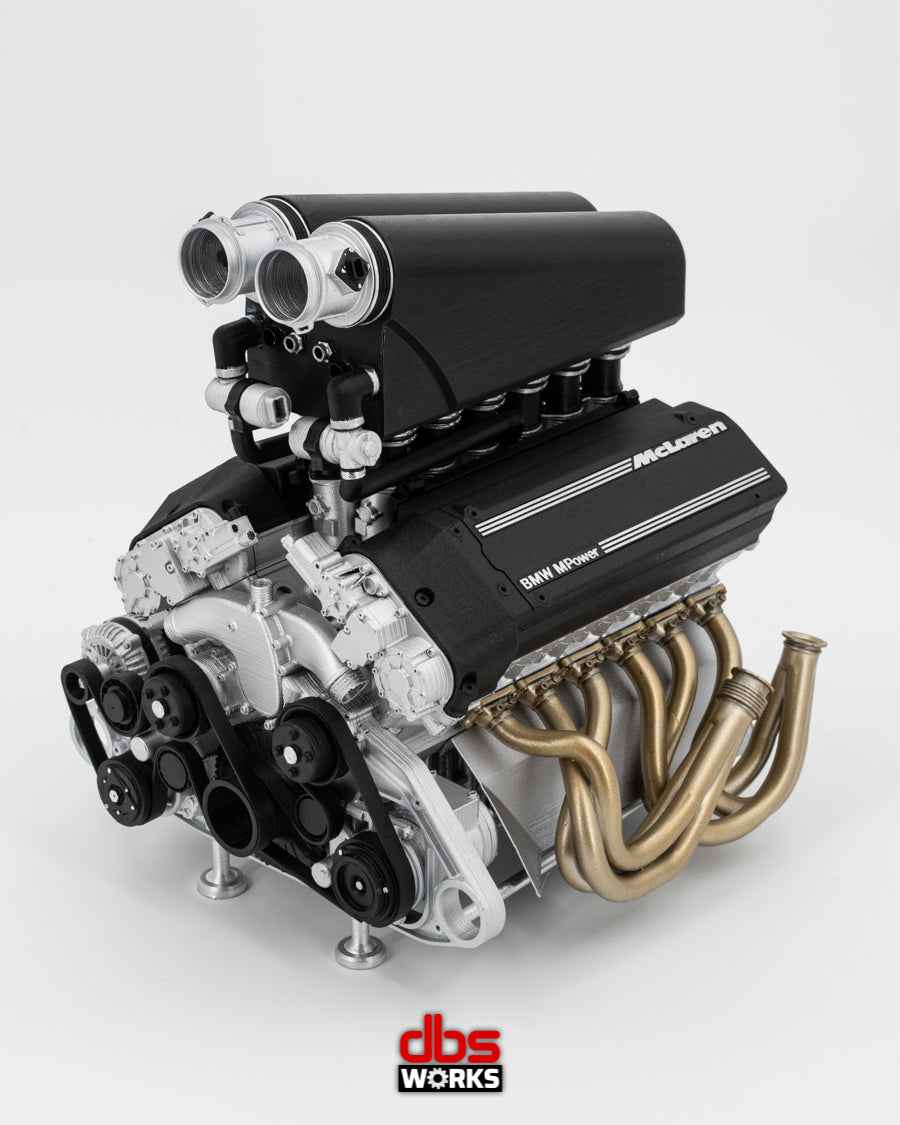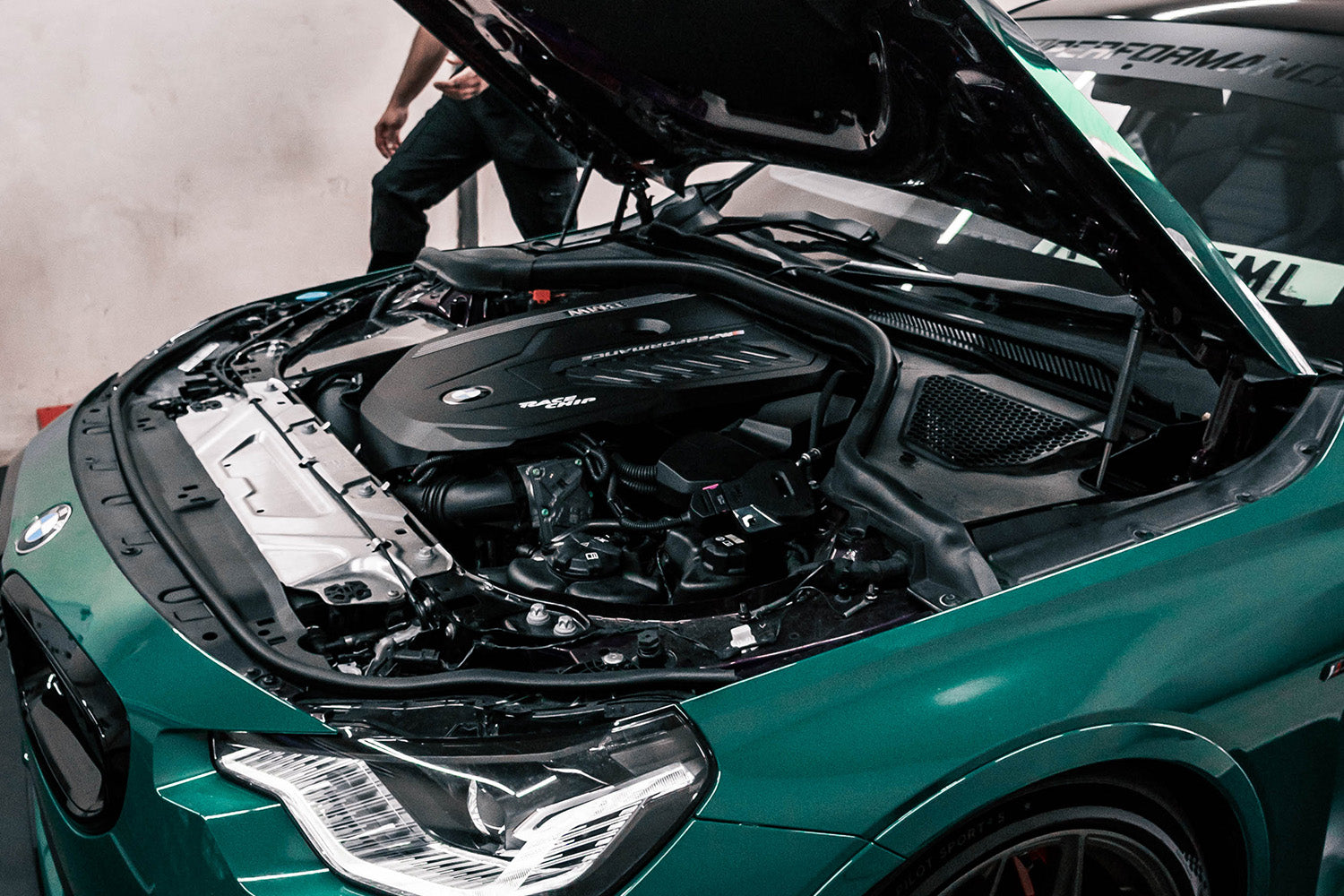Common Concerns Encountered by BMW Engine Owners and Exactly How to Solve Them
Common Concerns Encountered by BMW Engine Owners and Exactly How to Solve Them
Blog Article
Exploring the Advancement of Burning Engines in Modern Transport Systems
As we browse the landscape of modern transportation, the evolution of combustion engines stands as a testament to human resourcefulness and design expertise. From their simple beginnings to the innovative giants driving vehicles today, burning engines have undergone an impressive journey of development and adjustment. Recognizing the complexities of this development not just clarifies the past yet additionally paves the method for imagining what exists in advance in the world of transportation modern technology. The interaction of history, innovation, and ecological problems fit the trajectory of combustion engines develops a narrative that is both compelling and informative.
Very Early Beginnings of Combustion Engines
Just how did the principle of burning engines very first arise in the very early phases of transport advancement? The roots of combustion engines can be traced back to the 17th century when the principles of inner combustion were very first checked out.
The breakthrough moment came with the innovation of the initial effective gasoline-powered engine by Karl Benz in 1885 - bmw engine. This engine led the way for the advancement of the modern vehicle, changing transportation systems worldwide. Succeeding developments by Nikolaus Otto and Gottlieb Daimler even more refined burning engine modern technology, resulting in the mass production of vehicles and the fast growth of the transportation market
These very early combustion engines were characterized by their simplicity and performance, laying the structure for the complicated and effective engines made use of in contemporary transportation systems. The development of burning engines has actually contributed fit the method we take a trip and move goods, marking a substantial landmark in the history of transport advancement.
Change to Internal Combustion Innovation
The transition to interior combustion technology noted a crucial change in the evolution of transport systems. This change began in the late 19th century, with developers like Nikolaus Otto and Gottlieb Daimler establishing the first effective interior burning engines. These engines changed transportation by offering an extra efficient and powerful alternative to steam engines and electrical motors.
Among the vital advantages of inner combustion engines was their capability to be scaled down to suit lorries, leading to the advancement of motorbikes and cars. This change from bulky, fixed engines to small, mobile ones led the way for the modern-day transportation systems we see today.
The transition to interior burning technology also spurred innovations in fuel innovation, resulting in the development of fuel and diesel as key fuel resources for lorries. This change not only made transportation more obtainable to the masses however additionally laid the foundation for the oil and gas market to end up being indispensable to worldwide economies.
Effect of Combustion Engines on Transportation
The adoption of burning engines in transport systems militarized a profound shift in the performance and rate of worldwide wheelchair. Burning engines changed transportation by offering a dependable and functional resource of power for numerous automobiles, including autos, planes, trucks, and ships. This innovation dramatically boosted the capacity for individuals and products to conform long distances in much shorter time frameworks, resulting in enhanced connection in between areas and countries.
Additionally, the extensive use burning engines has actually had a substantial impact on economic development. The capability to transport items efficiently has spurred profession and business, permitting businesses to broaden YOURURL.com their markets and get to customers worldwide. This has actually assisted in financial growth and globalization, as products can currently be moved much faster and in bigger quantities than in the past.
Nevertheless, the environmental effect of combustion engines can not be neglected. The burning of nonrenewable fuel sources has brought about air contamination and greenhouse gas exhausts, adding to environment adjustment and presenting health threats to populations. bmw engine. Therefore, there is a growing emphasis on creating different propulsion technologies to minimize these adverse results and produce a much more lasting future for transport
Advancements in Burning Engine Layout
Numerous innovations in combustion engine style have propelled the advancement of transport systems over the years. One significant development is the growth of turbocharged engines, which utilize exhaust gases to drive a turbine that presses incoming air, permitting for more fuel to be burnt, causing enhanced power result without a considerable rise in engine size. Furthermore, direct shot technology has enhanced gas efficiency and performance by exactly regulating the amount try this site and timing of gas infused into the burning chamber. Variable valve timing systems have additionally transformed engine design by enhancing air flow at various engine rates, enhancing both power and efficiency. One more substantial development is the combination of lightweight products such as carbon fiber and light weight aluminum alloys, minimizing overall engine weight and improving automobile fuel economic climate. Improvements in computer-aided layout have actually made it possible for engineers to optimize engine performance and efficiency through simulations before physical prototypes are developed, conserving time and sources in the growth procedure. These technologies jointly add to the continuous improvement of combustion engines in modern transportation systems.
Future Fads in Combustion Engine Development
With technology innovations driving constant development, the future of combustion engine development is positioned to reinvent transportation systems globally. Among the essential trends in burning engine advancement is the press in the direction of greater performance and minimized emissions. Suppliers are investing heavily in r & d to boost engine performance while meeting rigid environmental laws. This includes the assimilation of sophisticated gas injection systems, boosted turbocharging approaches, and making use of lightweight materials to enhance fuel intake and lower carbon emissions.
An additional noticeable pattern is the fostering of hybrid innovations in burning engines. Hybrid engines combine standard burning technology with electric power, providing boosted gas efficiency and lower exhausts. As the auto industry shifts towards electrification, crossbreed burning engines are viewed as a transitional solution that bridges the space in between standard vehicles and fully electric ones.
Additionally, the assimilation of clever technologies, such like this as expert system and data analytics, is anticipated to play a substantial role in the future of combustion engine development. These technologies can enhance engine performance in real-time, resulting in a lot more effective burning procedures and improved general vehicle performance. Accepting these future patterns will not only drive development in combustion engine advancement but also add to an extra eco pleasant and lasting transportation environment.

Conclusion
Finally, the development of combustion engines in contemporary transport systems has actually been noted by substantial innovations in modern technology and design. From the very early starts of burning engines to the change to inner burning innovation, these engines have actually had a profound effect on transportation. Innovations in combustion engine layout remain to drive progression in this area, with future patterns focusing on further improving efficiency and lowering exhausts. The future of burning engines in transportation looks appealing as research study and development efforts proceed to press limits.
The origins of burning engines can be traced back to the 17th century when the concepts of interior burning were initial checked out. These engines transformed transport by using a more reliable and powerful alternative to vapor engines and electric motors.

Report this page